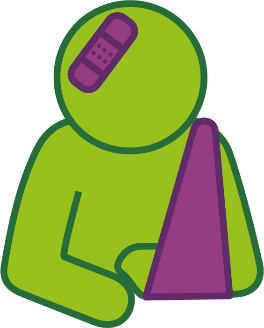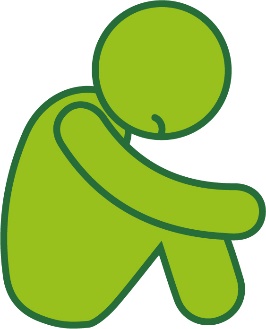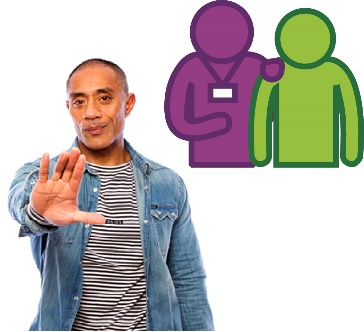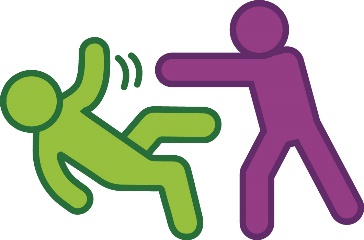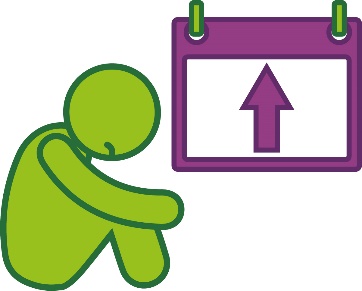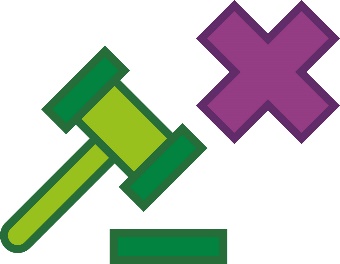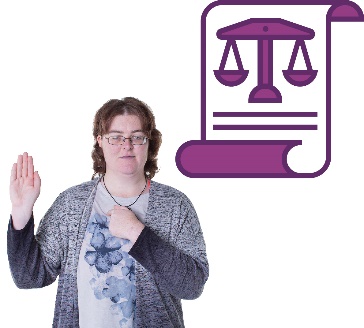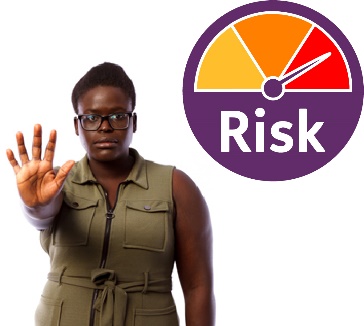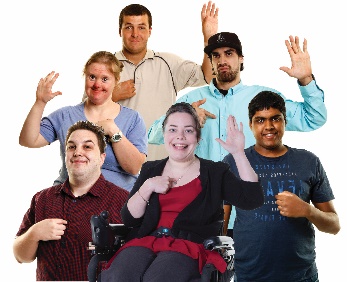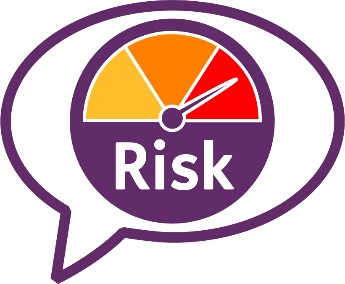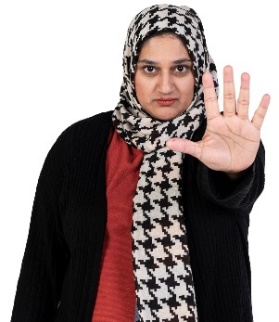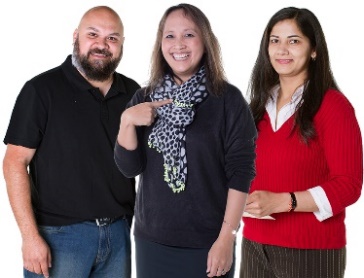What’s this guide about?
|
High-risk practices are actions that can: |
|
|
|
|
|
|
|
|
|
|
|
|
For example, a high-risk practice can be when someone forces a person to the ground to stop them from:
|
|
|
High-risk practices can lead to people getting hurt or even dying. |
|
|
And they can cause emotional pain that lasts a long time. |
|
|
High-risk practices are never okay. |
|
|
They are against the law in some states and territories. |
|
|
They are also against people’s rights. Rights are rules about how people must treat you:
|
|
|
We want to stop anyone using high-risk practices on participants. |
|
|
Participants are people with disability who take part in the NDIS. |
|
|
In this guide, we explain the types of high‑risk practices participants can experience. |
|
|
In this guide, we also explain:
|
|
|
Providers support people with disability by delivering a service. And it’s their job to make sure participants are safe when they use their services. |
